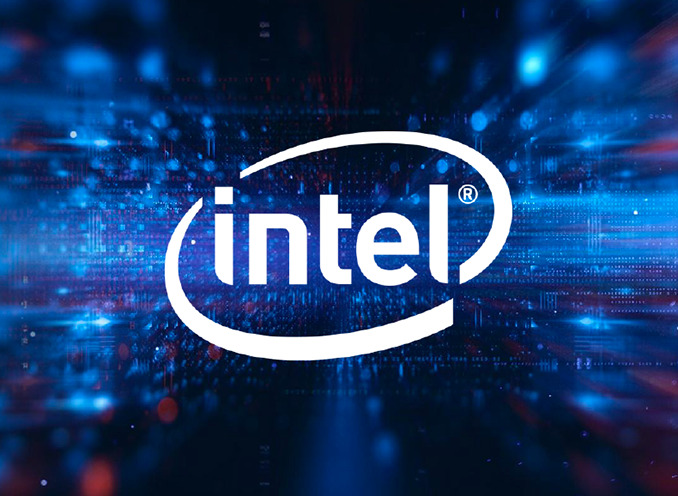Mphasis Collaborates with AWS to Launch Gen AI Foundry...
- 15.04.2024 10:55 am
AI Causes Cost Shift From Operations to Tech and Data...
- 09.04.2024 10:05 am
GFT Teams Up with Google Cloud to Launch ‘GenAI...
- 08.04.2024 09:35 am
Zscaler Finds Enterprise Use of AI/ML Tools...
- 02.04.2024 02:05 pm
Profile Software Launches the New AI Solution AI....
- 07.03.2024 12:35 pm
Justpaid, Ai-powered Finance Startup, Announces New...
- 07.03.2024 09:55 am
G2 Risk Solutions and Mastercard Combine AI and...
- 05.03.2024 12:20 pm
Fusion Risk Management Announces General Availability...
- 29.02.2024 06:30 am
FWD Group Partners with Microsoft to Shape the Future...
- 26.02.2024 12:35 pm
KPMG UK and Blue J Expand Strategic Alliance to...
- 22.02.2024 09:05 am
Finastra’s Filogix Unveils Automated Lender Note...
- 22.02.2024 08:25 am
Plum’s PolicyGPT Sees Threefold Adoption; with 68% of...
- 20.02.2024 02:45 pm






















